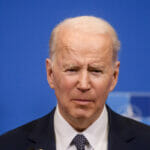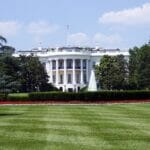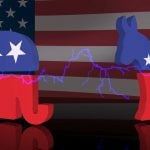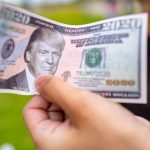The World’s Biggest Pension Fund is Collapsing
The Japanese are renowned for their veneration of the elderly. They maintain a tradition of “filial piety” that obligates children to respect their parents and to care for them as they age.
Traditions can be important – they provide a society with memory, character, conscience and ethical principles. But what happens when traditions collide with contemporary economic reality? More specifically, will a country where almost 26% of the population is over sixty-five, and where adult diapers outsell baby diapers, now be forced to compromise its estimable traditions?
For years now, Japan has been encountering the dark side of a society in which the elderly outnumber toddlers. A particularly ugly aspect of the problem revealed itself three years ago when Japan’s finance minister, Taro Aso, stood up at a meeting of the National Council of Social Security Reforms and declared old people should “hurry up and die.” For those who didn’t quite catch his drift, the then-72-year-old proceeded to define patients with serious illnesses as “tube patients,” and delved into his own version of geriatric economics: “Heaven forbid I should be kept alive if I want to die….. You cannot sleep well when you think it’s all paid by the government.”
The finance minister’s portrayal of Japan’s elderly in failing health somewhat hardheartedly highlights one of the nation’s most challenging economic problems. Last year, Japan’s public Government Pension Investment Fund (GPIF), the world’s largest retirement savings pool, lost fifty billion dollars.
At the heart of the problem has been Japanese Prime Minister Shinzo Abe’s preference for redirecting his country’s financial assets from Japanese bonds into equities in quest of greater returns. But markets Abe wagered would go up instead declined; in the last fiscal year the Nikkei average declined thirteen percent, making millions of current and potential retirees casualties of the prime minister’s missed call.
Apparently, though, the powers to be at GPIF have concluded that the way to fix their strategy is to double down. So their Abe-inspired plans for diversifying the fund’s investments now include buying junk bonds and emerging-market debt.
The bottom line is the fund now pays out to retirees more than it takes in, having earned just under 3% since March, 2013. This is an abysmal performance when compared to just over 5% for the next-largest fund, Norway’s Government Pension Fund Global and over 7% for the California Public Employees’ Retirement System (CalPERS), the largest managed U.S. fund – which has its own serious problems with dwindling returns.
Is there a lesson to be learned? As I suggested earlier, even in the most traditional countries money talks and, if there’s not enough of it, tradition walks. Japan has had to modify its admirable custom of home care for elderly parents. The nation’s adult children are now forced to consider the option of nursing homes and adult day care centers for their parents.
But the lesson for all of us is that no plan that depends on other is rock-solid. Even if you’re one of the few Americans left who still have the hope of a pension you just can’t throw money at your employer’s pension fund, and trust you’ll be in good financial shape when it’s time for you to retire. Retirees are learning the hard way that pension fund investment managers don’t fare any better than the average non-professional investor with stocks and bonds—and sometimes do far worse.
You need a plan B, and you need to realize that these days plan B has a decent shot at being the only viable plan you have. Your pension may or may not be there; Social Security may or may not be there. If you want a sure thing, you need to build it and protect it, because the warnings are coming thick and fast.











